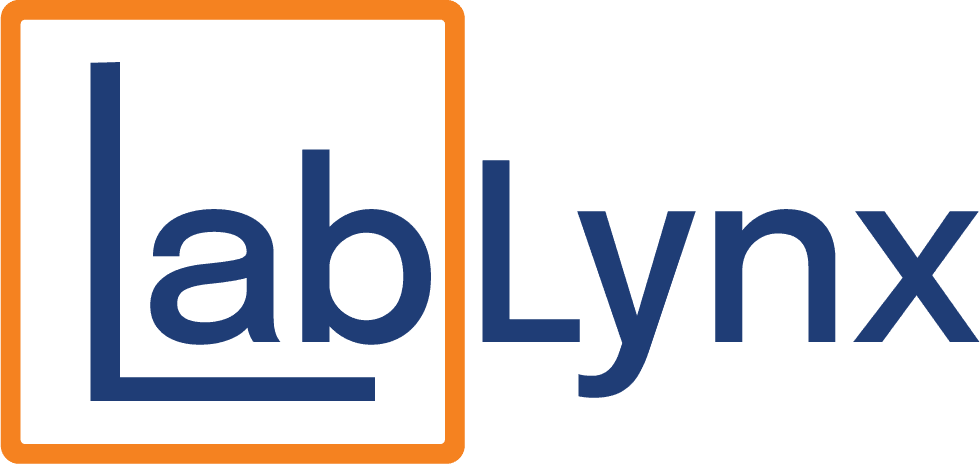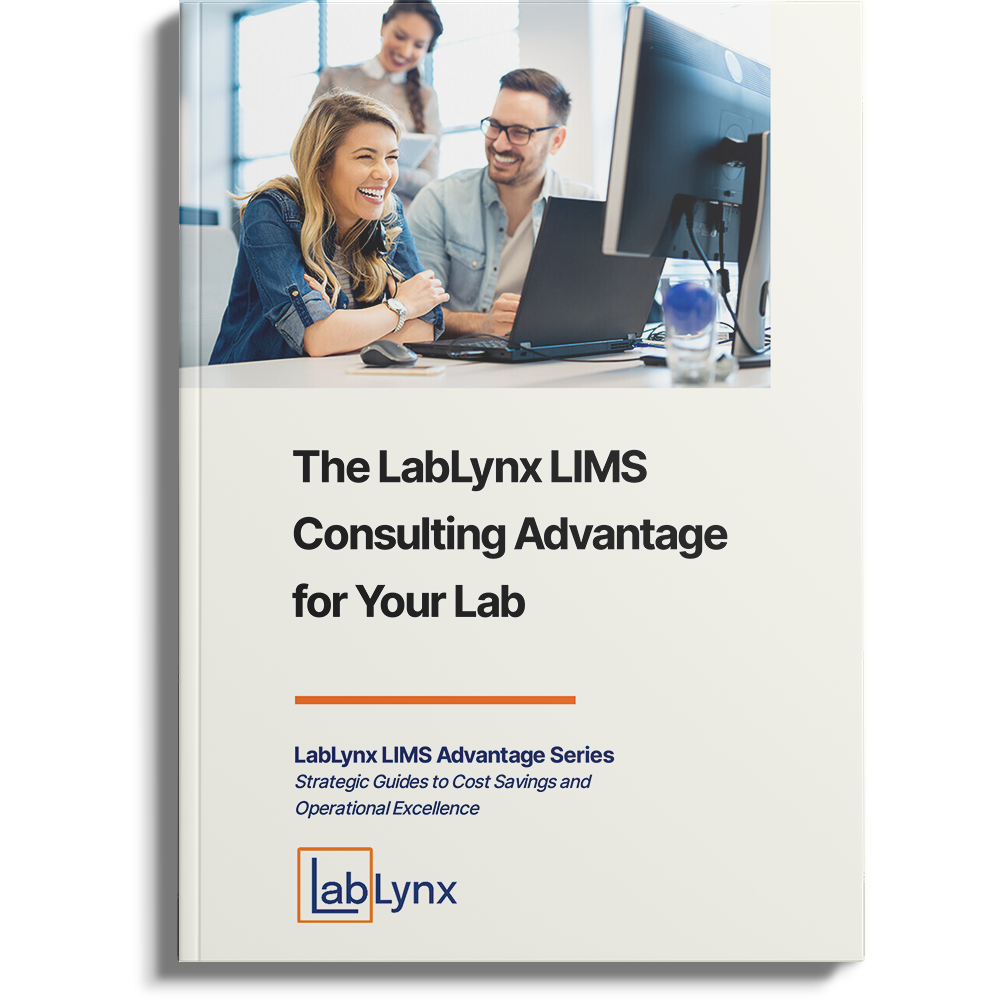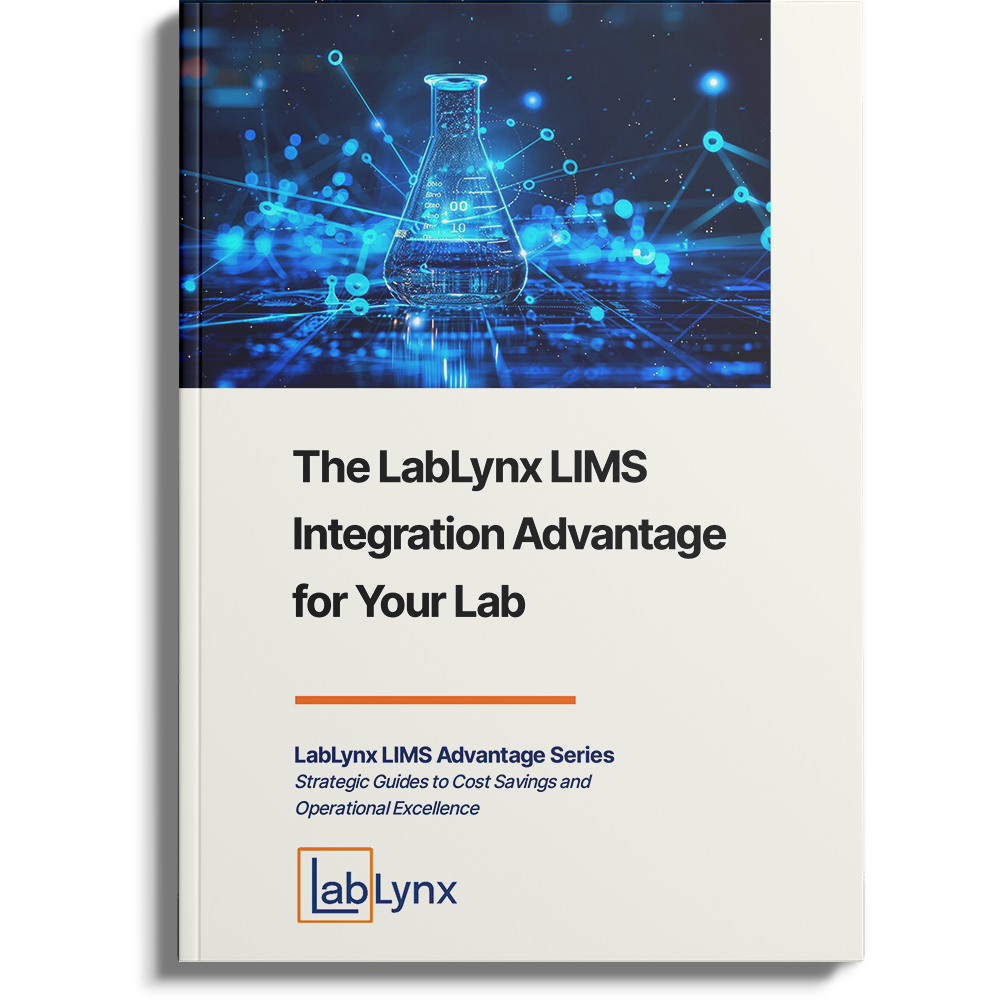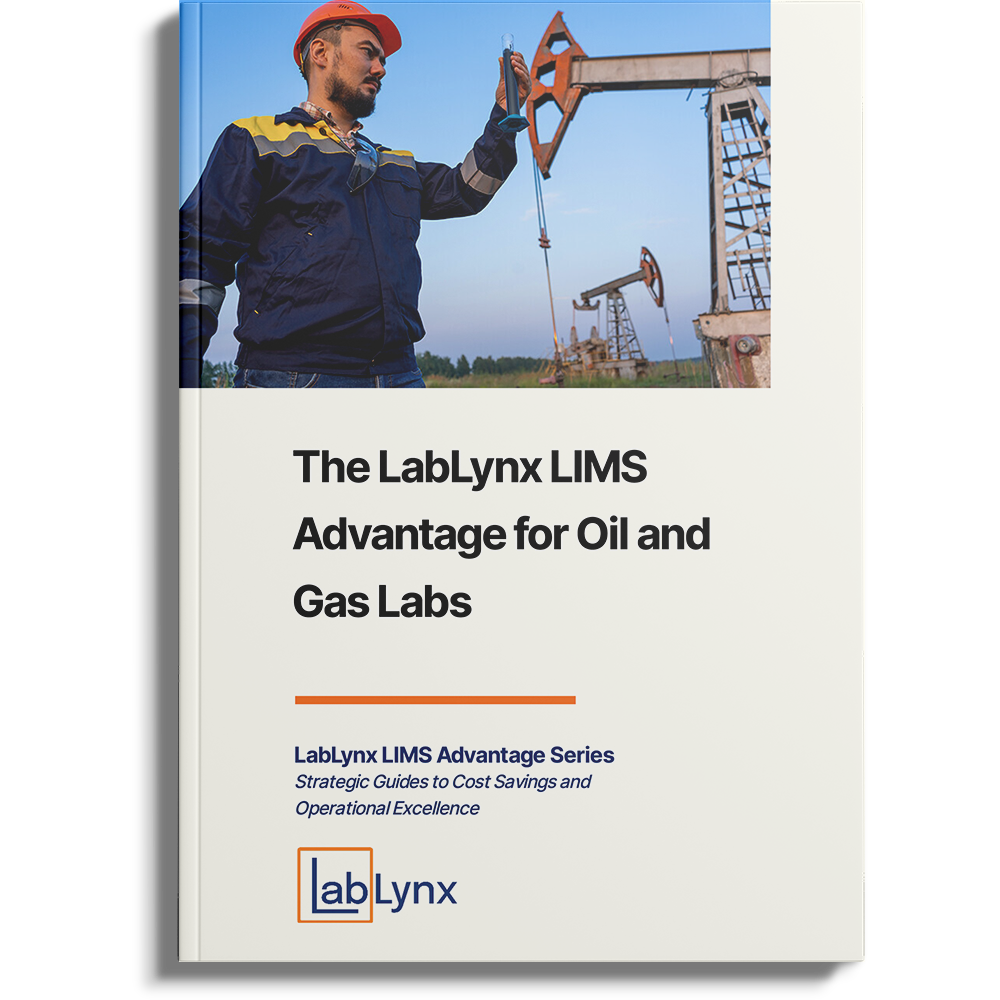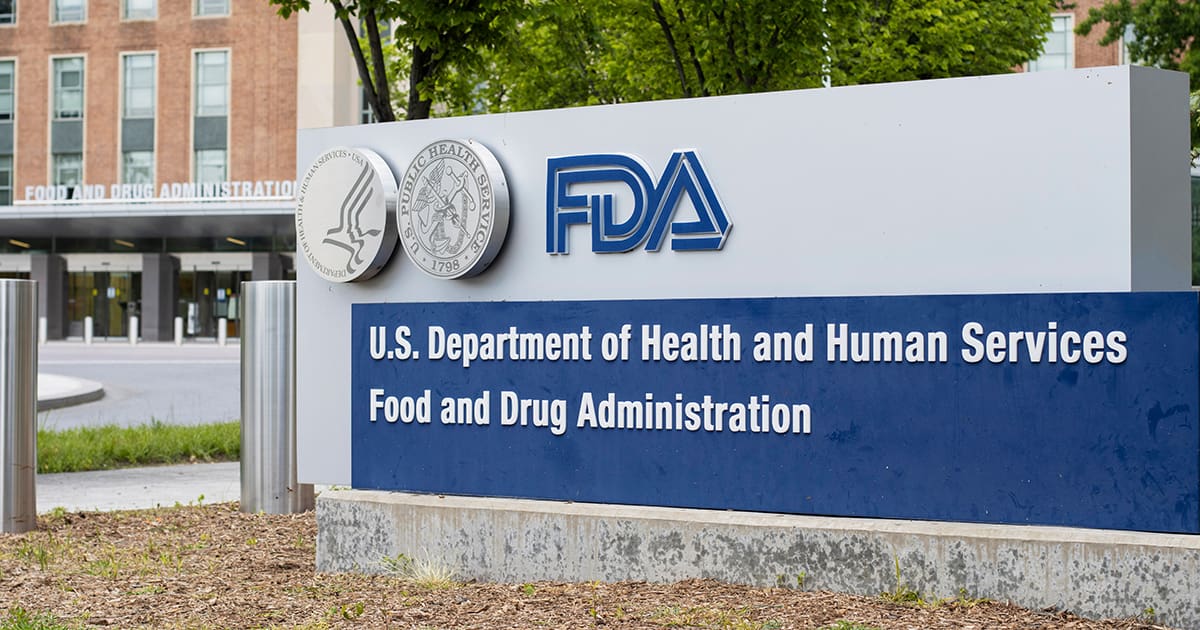
In April 2025, the U.S. Food and Drug Administration (FDA) announced a significant shift in food safety regulation by initiating the phase-out of several synthetic petroleum-based dyes. This includes commonly used additives such as Red 3, Red 40, Yellow 5, Yellow 6, Blue 1, Blue 2, and Green 3. These dyes, long under scrutiny for their potential health risks, will be removed from the market by the end of 2026. The FDA’s decision aligns with growing concerns over the link between artificial food colorings and adverse health outcomes, especially among children.
Understanding the Risks of Synthetic Dyes
Scientific studies have raised red flags about the neurological and metabolic effects of artificial food dyes. Research published in journals such as Environmental Health Perspectives and reports from the Center for Science in the Public Interest (CSPI) have highlighted correlations between synthetic dyes and conditions like hyperactivity in children, allergic reactions, and long-term metabolic disruption.
In response to these findings, multiple advocacy groups have lobbied for stronger regulations, urging both the FDA and food manufacturers to prioritize consumer safety. The recent regulatory shift marks a critical milestone in aligning U.S. food policy with global health and safety standards—several of these dyes have already been banned or restricted in the European Union.
Regulatory Timeline and Industry Impact
According to FDA Commissioner Marty Makary, this phase-out will be completed by the end of 2026, providing manufacturers and laboratories a narrow window to adapt formulations and ensure compliance. In the interim, the FDA is partnering with the National Institutes of Health (NIH) to fund further research into the long-term health impacts of synthetic additives on child development.
This regulatory change affects not just food manufacturers but also labs responsible for food testing, quality assurance, and regulatory compliance. Companies must now accelerate their transition to natural dye alternatives, ensuring safety without compromising quality or visual appeal.
Challenges Laboratories Face
For labs engaged in formulation testing, ingredient verification, and regulatory documentation, the FDA’s directive introduces several operational challenges:
- Ongoing monitoring of banned substances across multiple product lines
- Fast-paced reformulation to incorporate natural coloring agents
- Documentation and traceability to meet inspection and audit standards
- Collaboration across regulatory, R&D, and QA teams
How LabLynx ELN Simplifies Compliance and Innovation
LabLynx ELN is uniquely positioned to support laboratories during this transition. Its modular, cloud-based design provides a scalable, customizable platform that streamlines data capture, ensures compliance, and enables collaborative innovation.
Regulatory Compliance Tracking
LabLynx ELN allows users to build custom workflows and alerts that automatically monitor for changes in regulatory requirements. Teams can create FDA-compliant documentation processes, ensuring audits are painless and documentation is always up to date.
Ingredient and Formulation Management
Our ELN supports precise formulation tracking. Laboratories can tag ingredients, flag deprecated substances, and implement alternative compounds, all while maintaining a full audit trail. This ensures traceability and transparency in every product batch.
Instrument Data Integration
LabLynx ELN integrates seamlessly with laboratory instruments to automate the collection of spectrophotometric and chromatographic data. This facilitates rapid quantification of dye concentrations, enabling labs to ensure that products meet safety thresholds or exclude banned substances entirely.
Real-Time Collaboration and Reporting
With LabLynx ELN, multidisciplinary teams can collaborate from anywhere. R&D, quality assurance, and regulatory professionals can access shared datasets, generate real-time reports, and track progress with granular permission control. This reduces silos and enhances decision-making across the organization.
Real-World Use Case: Reformulating Processed Foods After the FDA’s Trans Fat Ban
In 2015, the FDA finalized its decision to revoke the GRAS (Generally Recognized as Safe) status of partially hydrogenated oils (PHOs), giving food manufacturers until 2018 to remove trans fats from their products. In response, a multi-site food testing lab working with processed snack manufacturers faced the complex challenge of ensuring compliance across hundreds of recipes that previously relied on trans fats.
To manage the reformulation process, the lab deployed a robust electronic lab notebook (ELN) to centralize documentation, streamline testing, and accelerate the search for healthier fat alternatives. Inside the ELN, the team built a searchable database of all affected formulations, tagging those that contained PHOs and linking each with potential substitutes like high-oleic oils and fully hydrogenated fats.
Automated workflows helped prioritize reformulations based on ingredient risk levels and production volumes. Integrated analytical tools and instrument data from GC-FID and shelf-life testing were logged automatically, enabling side-by-side comparisons of sensory profiles, oxidation stability, and texture for each replacement fat.
Just as critically, the ELN served as a single communication hub for regulatory affairs, R&D, and QA teams, keeping everyone aligned on compliance timelines, labeling updates, and customer approvals. Dashboards tracked the status of reformulated products in real time, helping the lab identify bottlenecks and meet aggressive rollout schedules.
Thanks to the ELN’s structure and automation, the lab completed the trans fat phase-out across more than 200 SKUs in under four months—ensuring regulatory compliance while preserving product quality and brand trust.
Looking Ahead
As the FDA’s dye phase-out progresses, laboratories must stay agile. Tools like LabLynx ELN will be essential in ensuring that compliance doesn’t come at the expense of innovation. From managing reformulations to enhancing cross-team communication, LabLynx empowers labs to navigate change with confidence.
Want to see how LabLynx ELN can support your lab’s compliance and innovation journey? Schedule a demo today.
